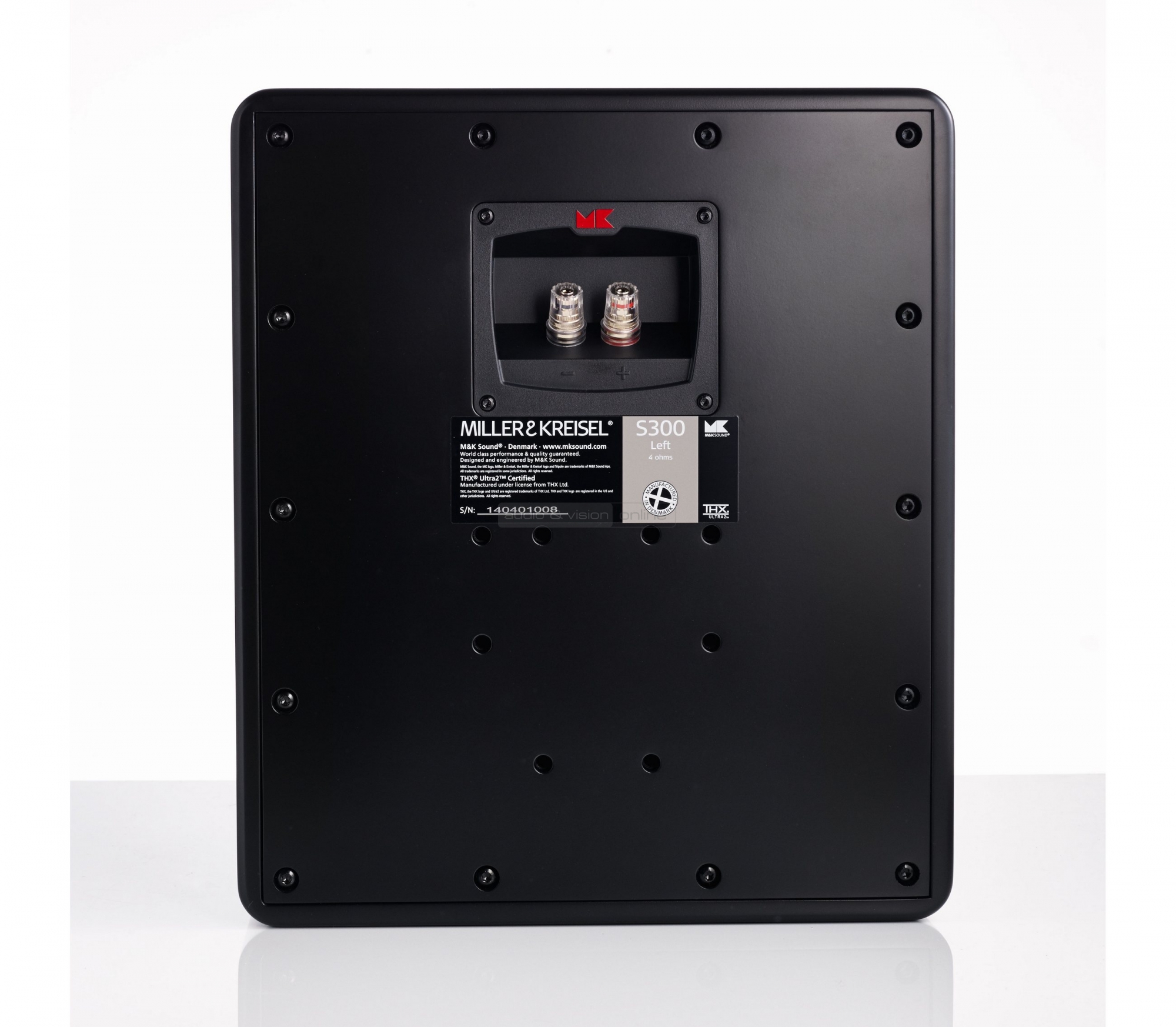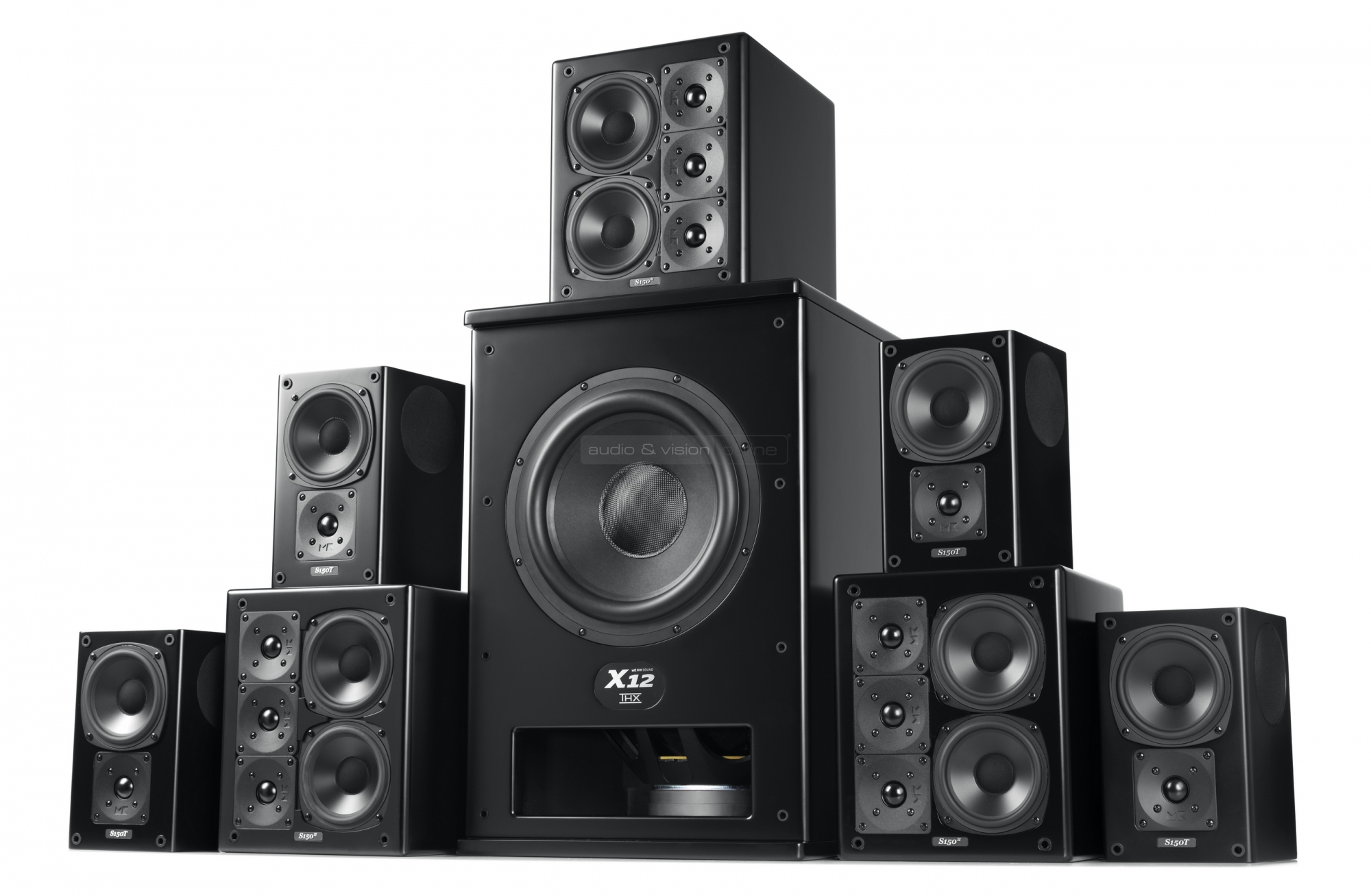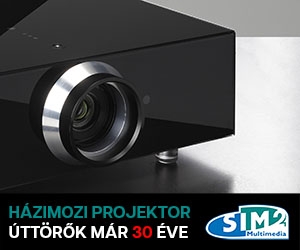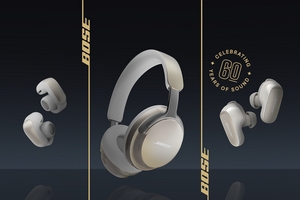M&K Sound S300 házimozi hangfalszett teszt
Nagyágyúk a vászon körül
2015. szeptember 7., hétfő, 13:55
MK MK Sound audio házimozi hangfal hangfalszett házimozi hangfal házimozi hangfalszett MK hangfal MK hangfalszett MK Sound hangfal teszt hangfalszett teszt házimozi teszt házimozi hangfalszett teszt MK hangfal teszt
We reported a few weeks ago that the renowned M&K Sound had arrived in Hungary, and we also took some photos while the first shipment was being unpacked. Since then, the Home Movie team has not only installed and calibrated the sound system, but has also carried out the first improvements.
Serious hardware, serious installation
After our first visit, the Home Movie team set out to install the Miller & Kreisel loudspeaker set, which certainly did not involve merely replacing the older loudspeakers inside the demo room with the new ones. Due to the significantly heavier new rear speakers, and the increased sound pressure promised by the manufacturer, the room had to be slightly converted. The pillars in the back supporting the loudspeakers were reinforced and the seats moved closer forward. However, the most impressive change was that the centre speaker had been installed above the screen, creating a really peculiar effect, which we will elaborate later on.
Of course, compared to the previous demo system, an important difference was the S300T rear speaker, which incorporates a rare tripole setup. And the novelty: the subwoofer role was accomplished by utilising two units. The main role, in the front, was fulfilled by the M&K Sound X10, which provides accurate sub bass sound, while there was also another subwoofer placed behind the last row of seats. With the help of this minor addition, the Home Movie experts managed to create a much more homogeneous sound, free from stationary wave effects. This is not merely a confident statement, but a fact supported by measurements. Measured at the seats, the spread was only 2 dB between 20 and 120 Hz, which is a very good value in this case. Of course, there was a small bonus involved. The subwoofer placed in the back also resonated and vibrated the seats and the listeners in them, creating a sort of shaker action.
The 300 series
The M&K Sound S300 series is an evolution of the S150 series, which had become an organic part of the history of cinema and music in the past decades. Companies playing a dominant role in cinema technology such as Dolby, THX and many others, have used these loudspeakers either as reference, or to demonstrate innovations. The S150 series was a solid and stable setup, but let us be honest: 1995 was such a long time ago and there was need for a better and better-looking model in the portfolio. Design had not been a relevant aspect for quite a while, as the product was used because of its features, nothing more. Placed in a studio above hundreds of pots, switches and buttons, no-one cares if there are 40 screws on the front panel and the metal baskets of the mid-range/sub speakers hang onto the structure via the recesses milled into the lacquered surface. Interior designers do not attend such places to enjoy their coffees and have a chat.
The designers of the S300 took the original design, which was not about appearances, but rather about practicality and functionality, then combined it with today's technology and finally gave it a bit more aesthetic appeal. However fashionable it is to keep saying that loudspeaker production has not changed fundamentally in the past few decades, upon closer examination, this statement is not true any longer. There are more and more sophisticated tools available for design purposes and the parts used have undergone a huge development as the production of base materials became more and more advanced. A few decades ago, the focus of development was on the surface treatment and the geometry of the paper diaphragm; today, the manufacturer is able to install polymer-coated, glass fibre speakers that were nearly impossible to mass-produce at the dawn of the DVD era. A host of previously special materials are available today, making exotic technical solutions ripe for series production. The fact that the front panel of the box looks way better is just icing on the cake. Most people will not be looking at the loudspeakers, anyway.
THX Ultra2 ? that is, THX in capital letters
The M&K Sound S300 series is THX Utra2 certified, meaning that it is capable of producing stable sound meeting THX recommendations in a room with a volume larger than 85 m3: this includes sound pressure, uniform frequency response curve and so on. If you choose adequate source electronics and make sure that the system is precisely calibrated in an acoustically "proper" room, then you are guaranteed to hear the same sounds the filmmakers did when they compiled the sound track. If you construct the same system using non-THX components, then despite the same thoroughness applied, you can "only" be sure that the sound is good. That is, by using the M&K Sound S300 series, you can set up a THX (Ultra2) home theatre where you hear what you are supposed to. Of course, if you wish to modify something, you are still free to do so. As an important part of the THX certification process is the inspection of continuous load-bearing capacity, you can rest assured that the system will have ample reserves. Speaking of THX, let us not forget that the manufacturer includes an original THX setup Blu-ray disc packed in a metal case for every left side speaker.
In recent years, THX has come under quite some criticism for inspecting and accepting smaller and less expensive systems as well, which is understandable from a certain point of view. After all, when the THX logo appeared for the first time on speakers and amplifiers, those devices represented the best the industry had to offer; now, the three-letter sign can be seen on certain better desktop speakers as well. This may indeed confuse people a little. Let us not forget, however, that THX Multimedia, Select2 and Ultra2 do not mean the same thing! A small active speaker, even though it sports the THX logo, will never sound like its larger brethren. The promise in this case simply is that among proper conditions, the device will transmit the sound in a way expected by THX. Those proper conditions, however, are hardly ever available. No-one ever said that a speaker placed upon a cheap IKEA desk, with the signal coming from an integrated chipset will produce a great sound in a 25 m2 room with a plain plaster. This is nonsense!
What are the objectives and technologies that defined the design? The will to surpass everything?
In the past two decades, following the lossy Dolby Digital compression, lossless and high-fidelity formats began to emerge and spread. If we only look at the technical features of the recorded sound, we can safely ascertain that the minimum quality expected today is a lot higher than what we honestly cherished 20 years ago. Therefore, it was worth developing the sound quality of speakers. It is true that this can be achieved by introducing a new range of models, which the manufacturer did in the form of the S-150 MKII.
However, not only the digital sound tracks of films have changed in the past two decades, but our expectations, dreams and home theatres as well. The early home theatre systems set up in living rooms have been first replaced by single-garage-sized home theatres, then more and more by individual rooms of 30-40 m2 in area. This created an ever-increasing demand for really powerful sound systems. And this situation called for a higher quality and also a larger loudspeaker set.
The S300 is better, larger and more powerful than its predecessor, the S150. Even though it would have been sufficient to install more modern speakers capable of withstanding a larger load in order to achieve a bit bigger load-bearing capacity, but why should have the designers stopped halfway? Apart from the individually designed speakers, the enclosure has also been further developed. We do not know how much time passed between the creation of the first design drawing and parts list and the manufacturing of the first prototype, but the manufacturer told us that test listening sessions and various fine tunings and adjustments took more than two years. The result is a sensitivity of 93 dB, which is 3 dB better than the predecessor?s, and is a definitely high value. The largest recommended amplifier output is 500 watts; its frequency range is 60 Hz-22 kHz with a tolerance of +/-3 dB.
Even though the success story of the brand originates from the US, the new type was designed in Denmark, which is also home to production and quality control. We may have mentioned this already, but let us write down once more that sometimes we feel as if the Danes are more attracted to loudspeaker production than anyone else on this planet.

 Hangfal teszt, hifi teszt, erősítő teszt, házimozi teszt, fejhallgató teszt | av-online.hu
Hangfal teszt, hifi teszt, erősítő teszt, házimozi teszt, fejhallgató teszt | av-online.hu









































































